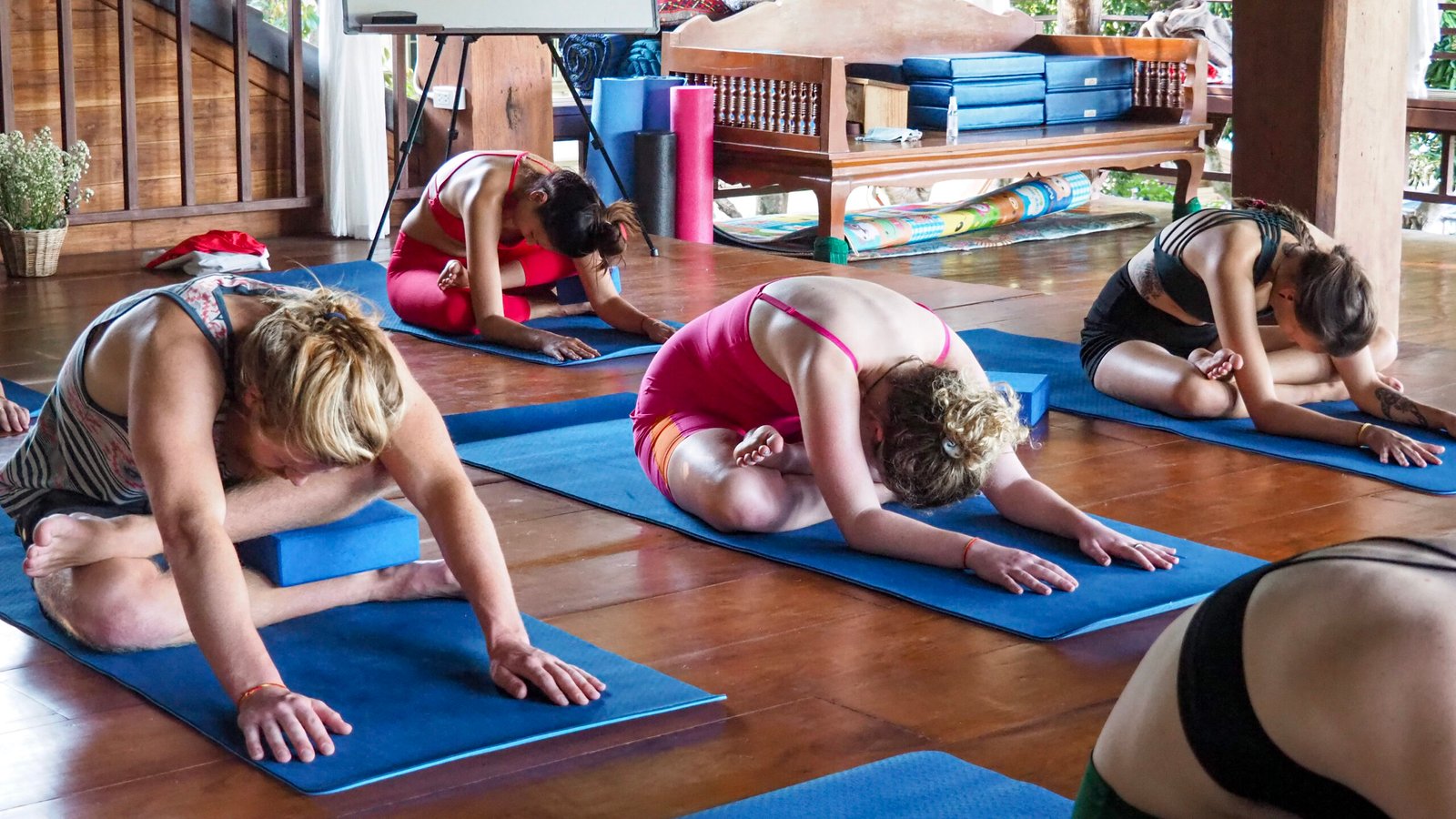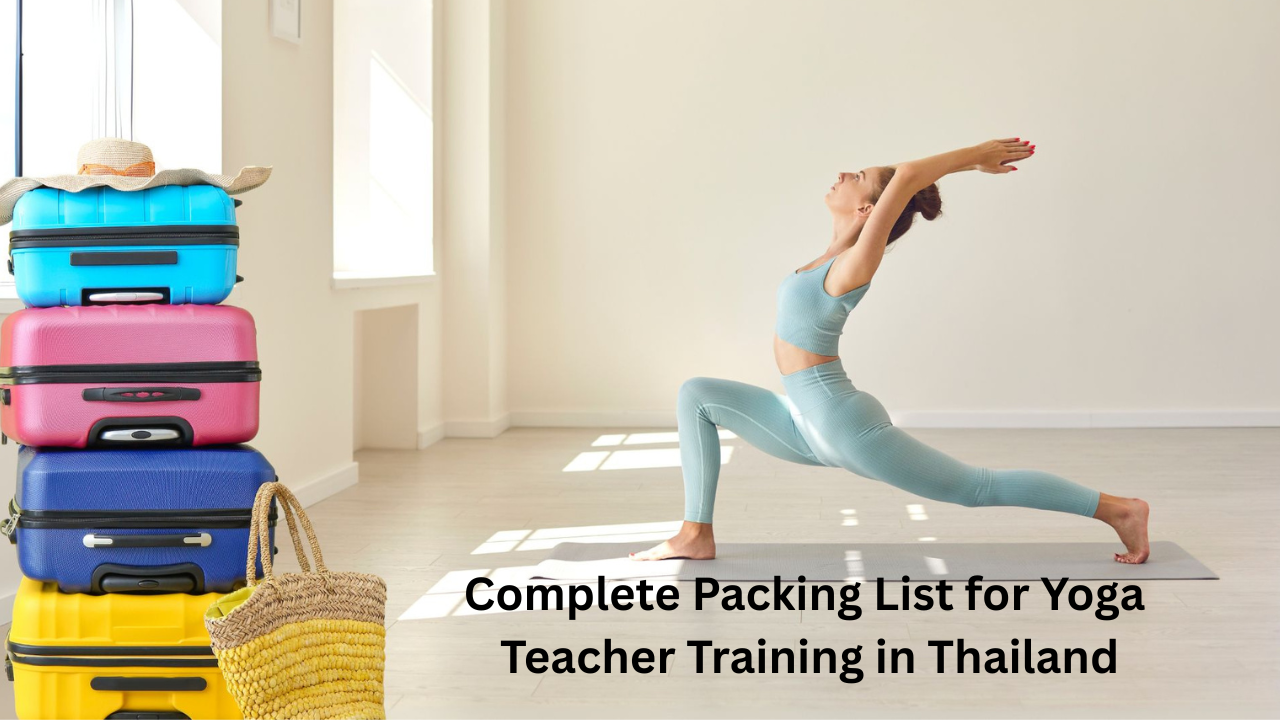Hello and welcome to us all. This post is for anyone practicing yoga, no matter their level; there’s a special pose that will make your yoga experience even better and that’s Cobra Pose (Bhujangasana). The backbend stretches your back, opens your chest and lungs and fills your body with energy. Yet, being flexible isn’t the main goal of Cobra Pose; you also need to be aware, aligned and patient. In this guide, we’ll explore each part of this asana so you can get the most from it. Feeling inspired for a challenge? We will walk through the steps one at a time!
Introduction to Cobra Pose and its Benefits
Bhujangasana, also known as Cobra Pose, is a basic part of many yoga workouts. The pose’s arch opens your heart and strengthens your back. No matter if you’re advanced or just getting started with yoga, learning Cobra Pose can have great benefits for your body and mind.
Envisage yourself resting well on your mat, supported by the ground, as you get ready to try this strength-building position. Tone your core muscles and curve your body upward to breathe well and reflect on what’s happening within you.
We are going to learn how to improve our Cobra Pose, step by step. You will get ideas to help with good body positioning, common things to watch out for and suggestions for different levels of flexibility, making this pose work no matter what with every practice!
Understanding the Basic Alignment for Cobra Pose
Paying attention to how you align yourself in Cobra Pose, known as Bhujangasana, helps you gain the greatest benefits. For your back to become healthier and more flexible, make sure you practice good positioning.
Start by placing your stomach down and lengthening your legs behind you. Press the top of both feet nicely into the mat. This base keys in the upward movement of the pose.
Your hands help a lot during the process. Hold them directly lower than your shoulders and have your elbows against your ribs. It helps you to lift more when your hands are pulled upward.
Keep your core activated during every part of the exercise. A properly strengthened core safeguards the lower back and makes the pose more stable.
When you lift, connect your energy from the lowest point in your pelvis all the way up to the top of your skull. As a result, you feel happier and not just use brute force.
Watch how each part of your body works together during this stretch.
Step 1: Start in a Prone Position
You should choose a comfortable area on your yoga mat as you get ready for Cobra Pose. Lay face down with your full body flat and stretched out. Make sure you are deeply relaxed and have a sensation of being calm.
When you’re lying face down, make sure your head is in line with your spine. Keep your forehead resting on the mat and your neck elongated.
Place your arms either beside you or out to the side a little. Notice how the ground holds you in place, providing support as you do what’s next.
Breathe deeply and calm yourself during this moment. Filling your lungs with air by breathing into your nose gives both your body and mind extra energy for what is next. Understanding what happens in the beginning is important to move smoothly into Cobra Pose.
Step 2: Place Your Hands Under Your Shoulders
Now that you’re in the prone position, work on where your hands will be. Correct alignment and support can only be achieved in this critical stage.
Put your hands under your shoulders gently. Open your fingers all the way to make a sturdy holding position. Lie with your palms straight on the ground.
Keep your elbows shallow to your sides instead of letting them point out from the body. It keeps your shoulders safe as you are about to lift.
Get in touch with the ground beneath you. Applying pressure with your hands will give support for your body as you move into Cobra Pose.
Ensure that your arm makes a straight line from each wrist to elbow and shoulder to strengthen and increase your balance for the pose. After positioning yourself, check that your balance is okay to begin lifting chest and head.
Step 3: Press Your Pelvis and Thighs into the Mat
Strengthening your base is very important as you continue to move into Cobra Pose. Own Contract Group Press your pelvis and thighs into the mat. That sense of foundation is essential for being stable.
Sense your lower body pushing you down to the floor. It supports your spine, so you don’t overwork it and cause strain. Working these muscles strengthens you to lift your body.
Imagine your energy moving from the lower back, up through the crown of your head. Keeping the connection will allow you to stretch your back further without losing good alignment.
Try to let go of unnecessary tensing in your shoulders or neck too. Edit: Keep your foundation strong with your lower body while letting the upper part relax.
It’s important to heed balance: your muscles must both support and flex as you focus on making each body part collaborate in this pose.
Step 4: Lift Your Chest and Head Up, Engaging Your Core Muscles
It’s time now to start lifting your chest and head. As you move, try to imagine your spine expanding. Every vertebra should be placed in a straight line just above the last.
Working your core is essential at this part. It helps to defend your lower back and also keeps your pose strong. Experience how they work hard to keep the rest of your body balanced.
Maintain your breathing smoothly when practicing this movement. Take a deep breath as you go up; let your exhalation keep you from floating out of the pose.
Take your time; progress can be lovely and rewarding. Try to be working to your limit, so that it’s challenging but also relaxing.
Keep your eyes on your shoulders as you go up. Place your hands palms down and let your shoulders and neck unwind, without putting strain on your ears in Cobra Pose.
Common Mistakes and How to Fix Them
One common mistake in Cobra Pose is overextending the lower back. This can lead to discomfort and strain. To avoid this, focus on engaging your core muscles. This stabilizes your spine and protects your back.
Another frequent error is lifting too high without proper alignment. Aim for a gentle lift rather than forcing yourself into an exaggerated arch. Keep your shoulders away from your ears to maintain space in the neck.
Many practitioners also forget to press their pelvis and thighs firmly into the mat. This connection helps ground you and provides a solid base for lifting upwards.
Lastly, remember to breathe deeply throughout the pose. Holding your breath can create tension, making it harder to achieve that fluid movement essential in yoga practice.
Modifications for Different Levels of Flexibility
Modifying Cobra Pose can make this powerful stretch accessible to everyone, regardless of flexibility. If you’re new or feeling tight, start with a gentle version. Keep your elbows bent and close to your body as you lift just halfway.
For those with more experience but still seeking comfort, try a lower elevation by keeping the forearms on the mat. This variation supports your back while allowing for deeper breathing.
Advanced practitioners might explore lifting higher into the pose. Ensure that your shoulders stay relaxed away from the ears while fully extending through your spine.
Use props like yoga blocks under your hands if needed. They can provide extra support and help maintain proper alignment without straining yourself too much.
Listen to your body; modifications are not signs of weakness but rather tools for growth in every yoga journey.
Tips for Improving Balance and Strength in Cobra Pose
To enhance your balance and strength in Cobra Pose, focus on your foundation. Distribute your weight evenly between your hands, pelvis, and feet. This solid base is crucial for stability.
Engaging your core muscles while lifting can make a significant difference. Draw your belly button toward the spine to support the lower back as you elevate.
Breath control plays an essential role too. Inhale deeply as you lift into the pose, allowing expansion in the chest area. Exhaling helps ground you during longer holds.
Practice slowly transitioning into and out of Cobra to build muscle memory and confidence. Hold each position briefly at first before gradually increasing duration.
Finally, incorporate complementary poses like Downward Facing Dog or Child’s Pose to improve overall body awareness and flexibility, enhancing your practice of Cobra Pose over time.
Incorporating Cobra Pose into a Flow or Sequence
Cobra Pose is a welcome part of many yoga routines. By increasing spinal flexibility and expanding the chest, this pose helps you change from one pose to another with ease.
Try working with Cobra and Downward Facing Dog as a flowing pair of steps. Simultaneously stretching and strengthing your body is possible when you move between each movement.
Practicing Cobra alongside Child’s Pose or Forward Fold will also help you relax the body. When you make these movements, your breath gets deeper and there is less tension in your back.
While including Cobra in sequences, give attention to your body’s alignment. As a result, you reduce the risk of being hurt and still gain all the exercise benefits.
You are welcome to try out other Cobra Pose flow styles! No matter the combination, every session offers its own special ups and downs, so practice stays exciting.
Conclusion: Embracing the Journey to Perfecting Cobra Pose
Learning Cobra Pose benefits your mind and body. Remember to take it easy on yourself when you are developing your skills. All forms of yoga give you a way to grow and learn about yourself.
Start with the basics, ensuring your body is correctly placed every step of the way and that you’re breathing smoothly and regularly. New variations can make this posture simple for everyone, while practicing day after day will help you build strength.
This asana strengthens your spine and at the same time encourages a more open heart for deep breathing and renewal. Both when it is part of a sequence and when held as a separate pose, Cobra helps build a deeper and more valuable yoga experience.
Mark your little steps of progress as you go. Cobra Pose teaches you things about determination and being aware of yourself which help you outside of your practice. Continue your practice, continue breathing and enjoy improving at this posture.
For More info about Cobra Pose you can join 200 hour yoga teacher training in Thailand and 300 hour yoga teacher training in Thailand









